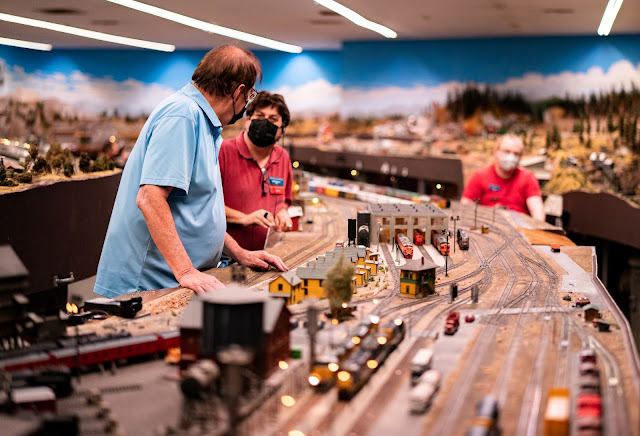How Reverse Decluttering Can Work Wonders for Your Home
When my mother-in-law was preparing to move from the large home she and my father-in-law had raised four sons in, she used reverse decluttering without even knowing it.
Reverse decluttering meant that she was focusing on the essentials as she packed, and leaving the rest. (It took my husband and his brothers almost a year to sort through and dispose of the rest.) For example, she took just one set of dishes and a few basic cooking implements. Just a couple of sets of sheets for each bed (her new condo has a guest room). Just one couch for her new, smaller living room. She pictured what she'd need for comfort and happiness, and that's what she moved.
Why reverse decluttering?
There are a lot of decluttering methods out there (I recently wrote about one). Why should you consider reverse decluttering?
- Sometimes you need to declutter quickly; for example, if you're getting ready to move. Reverse decluttering is faster than typical decluttering methods, which might require you to sort through every item you own.
- Sometimes you need to declutter quickly, but also have a full-time job, young children, or a physical debility, and you don't have a lot of extra energy. Reverse decluttering is less energy-intensive than other decluttering methods.
- Decluttering by category (ala Marie Kondo) might make sense, but maybe you don't have the space to pull everything out and pile it in the middle of a room. Reverse decluttering doesn't create a huge mess as part of its method.
More benefits of reverse decluttering:
- It minimizes decision fatigue.
- It reduces emotional attachment and helps you be more objective.
- It removes guilt.
- It negates nostalgia.
- It helps you get clear about the goals and projects you still care about.
- It lets you remove all of the "just in case" items.
- It removes decluttering anxiety, because you know you have what you need.
- It overcomes clutter blindness (what happens when you're so used to clutter you no longer pay attention to it).
The first step is imagination.
If there was a fire, and everything burned, what can you think of right now that you would need and miss? (I realize some things would be irreplaceable.)
Start your decluttering on paper (or in the list app on your phone). Work backwards by listing all of the items off the top of your head that are most important. If you do this from memory, what comes to mind first will be the things you use most often and the items that are your favorites.
Reverse decluttering helps you simplify because it lets you focus on what adds value to your life. Instead of feeling like you're getting rid of things, or "losing" them, you focus on what you get to keep. This method flips the typical decluttering mindset on its head by letting you decide what you truly need and love. It shifts the script from "loss" to appreciation.
For example, imagine starting with an empty clothes closet, and actively choosing only those items you'd buy or wear again. Not only does everything else feel unnecessary, but you easily create the core of a capsule wardrobe.
Start with any empty space and imagine how you'd fill it. If you had to buy furniture, kitchenware, tech, tools, books, décor, etc. again, what would you choose? It's like getting ready to move without actually moving. You get to choose what's useful, what's beautiful, and the things you really like, and then – without drama – you can remove the rest.
As Andrea over at simplifyingmomlife.com says, reverse decluttering helps you "focus on the ESSENTIALS to efficiently trim the EXCESS."
If you're still struggling to declutter, buy a package of Post-It notes and start sticking them on things you use daily or weekly. Stick them to items that have the greatest sentimental value – the things you want to see every day, or during each holiday season.
Another option is to pick a number, and choose what you want to keep up to that number. If you're going to keep just one set of dishes, which set makes the cut? If you're going to keep two coats, which two are your go-to favorites? If you're going to keep just one bookcase, and you think it'll hold about 60 books, which ones are you going to choose? You can fudge the numbers a bit if you need to, but suddenly your choices become much clearer.
The beauty of reverse decluttering is that you don't need a fire in order to do it. You don't actually need to be moving. You can pretend. Imagine what you'd choose to keep, and remove all the rest.
Your streamlined home will look just the way you pictured it.
Do you appreciate my ad-free work? Why not buy me a coffee?






Comments
Post a Comment